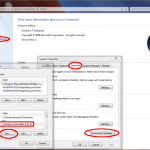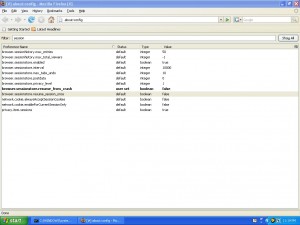By default Google Chrome will update to the latest version automatically. It is however possible to disable this and instead update manually (when needed/wanted).
Note: This means you will not get security updates as threats are found and these get fixed – so this might be a bad idea to do if you don’t plan to update manually.
Open up a registry editor and check if the key “HKEY_LOCAL_MACHINE\SOFTWARE\Policies\Google\Update” exists, otherwise create it (the key is the tree structure in regedit).
Now enter a Key name “DisableAutoUpdateChecksCheckboxValue ” as a DWORD and give it the value “1”.
This will keep Google Chrome from auto updating.


